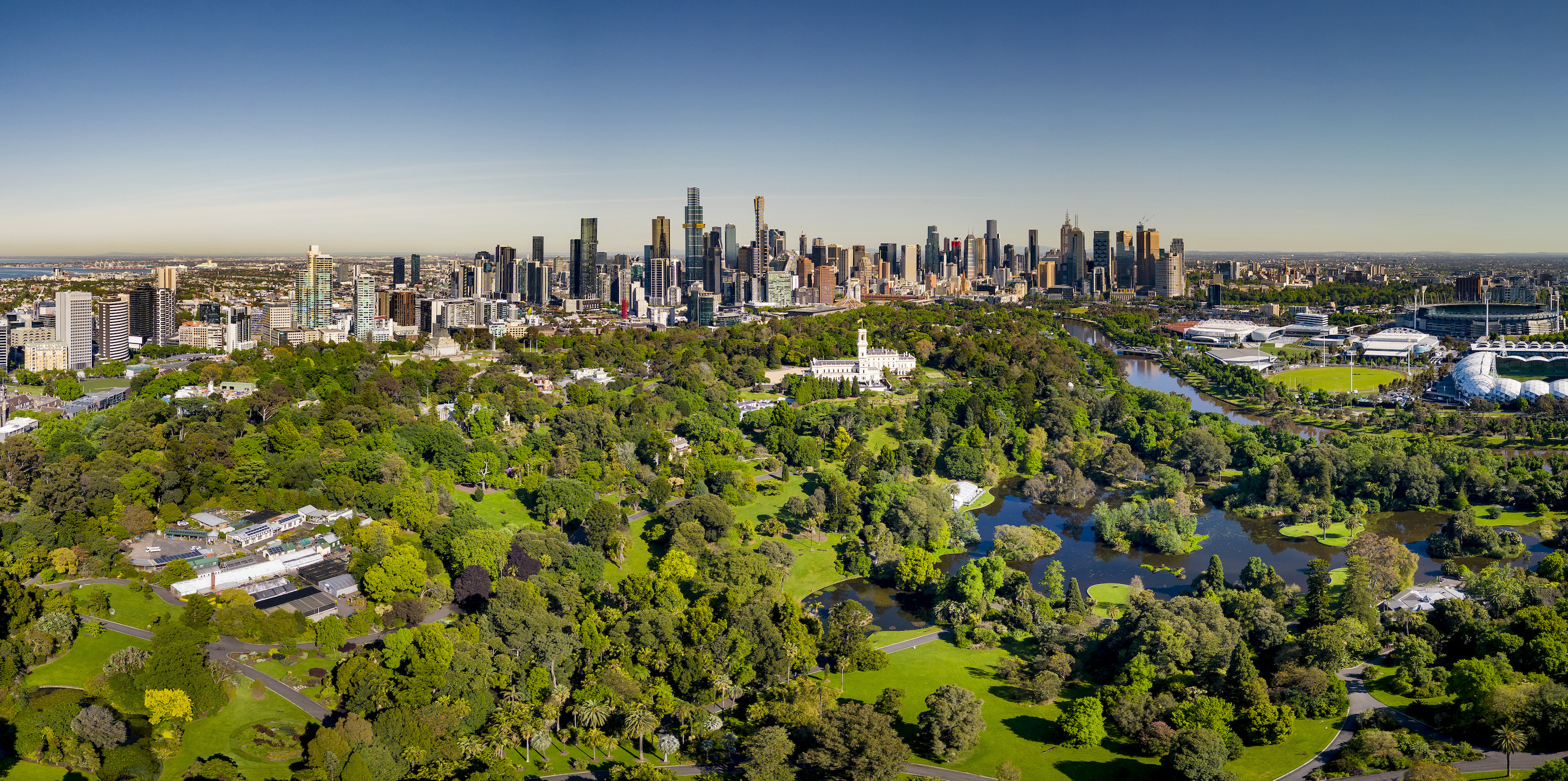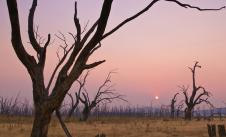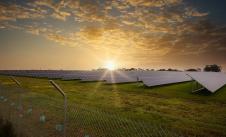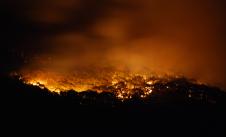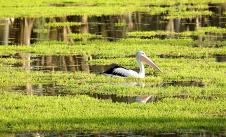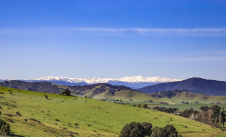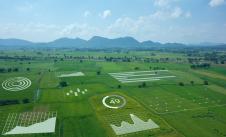What are the Sustainable Development Goals?
“Sustainable development is the development that meets the needs of the present without compromising the ability of future generations to meet their own needs.”
- Gro Harlem Brundtland, Prime Minister of Norway, Director-General of the World Health Organisation (1998 - 2003)
The Sustainable Development Goals (SDGs) come from The 2030 Agenda for Sustainable Development, which was developed by the United Nations.
The SDGs are a set of 17 interconnected goals that are designed to improve the environment and human wellbeing on this planet.
Each goal has its own set of relevant targets. For example, Goal 14 is Life Below Water. Its first target (14.1) is
“By 2025, prevent and significantly reduce marine pollution of all kinds, in particular from land-based activities, including marine debris and nutrient pollution.”
The SDGs address a wide range of global challenges. They do this in a way that recognises the interconnectedness of sustainability work.
For instance, Goal 7: Affordable and Clean Energy can impact Goal 11: Sustainable Cities and Communities. Providing people with clean energy options can improve the sustainability of the city and community they live in.
While many people who work in sustainability tend to focus on a single area, such as the environment or social work, the SDGs encourage us to take a more holistic perspective. Consider the whole picture.
The CES and the SDGs
The role of Victoria’s Commissioner for Environmental Sustainability (CES) is to provide independent and objective reporting on the state of Victoria’s natural environment. This reporting then goes on to inform policy and advise government. Every 5 years, the Commissioner is responsible for producing the State of the Environment (SoE) Report.
The SoE is a complete scientific baseline of environmental condition, measured by key indicators. But it’s more than that. It’s the product of an exhaustive reporting process, an assessment of the available science on Victoria’s environment, and it identifies the challenges ahead. SoE reporting also assesses the monitoring and management systems that Victorians rely on for better environmental outcomes.
For the CES, the SoE reporting process cannot remain stagnant. It must go beyond traditional methods of reporting. This means recognising other forms of science being generated outside of government agencies and traditional scientific institutions. So we changed the ways we worked with stakeholders to improve our reporting. A key part of this was incorporating the United Nations (UN) Sustainable Development Goals (SDGs) into local reporting.
We discovered that no one else had attempted to apply the SDGs to environmental reporting on a sub-national level. That meant we’d be building our framework from the ground up.
By integrating the SDGs into our reporting, we learned they brought 4 critical elements to the table. The SDGs provide:
-
a pre-prosecuted framework for reporting across complex and disparate areas of policy
-
a framework that’s internationally agreed upon and widely supported
-
a common language for measuring progress against goals and targets
-
broad support from across business, government, and community.
In 2020, we published the Framework for the Victorian State of the Environment (SoE) 2023 Report. This document cemented our commitment to the inclusion of the SDGs in our reporting methodology for the SoE 2023 Report.
The SDGs in the SoE 2023 Report
For the SoE 2023 reporting period, our first step was determining which of the 169 targets (across the 17 SDGs) would be relevant to our environmental reporting. We narrowed it down to 76 targets that would support our work. From there we aligned our 139 indicators to the relevant targets.
“Putting the United Nations Sustainable Development Goals under the microscope to determine which are the most relevant to environmental reporting in Victoria is a crucial step in achieving meaningful, high quality and transparent reporting.”
- Hon. Lily D’Ambrosio MP, Victorian Minister for Energy, Environment and Climate Change, 2018
What makes our framework with the SDGs unique, is our ‘bottom-up’ approach. This means we take existing local data and use it to track our progress. In order to achieve this, we needed to build and develop our relationships with local stakeholders. By working with the people on the ground, seeing the firsthand impacts of environmental change, we gain a deeper understanding of not just the work being done, but also where the knowledge gaps are. This process highlighted an important detail - the interconnectivity of the SDG goals, their targets and our indicators.
Broadening the scope of SoE analysis to include both environmental and socio-economic indicators, and exploring their interlinkages, delivered a range of benefits. It highlighted how the environment and natural resources underpin Victoria’s social and economic wellbeing.
The SDG model encourages us to look at things holistically. By taking a holistic perspective, we can better see how work in one goal area can impact work happening in another goal area. For instance, improving Goal 6: Clean water and sanitation by increasing people’s access to running water and toilets, might inadvertently affect Goal 14: Life below water, by increasing the amount of waste that ends up in waterways.
By having a better understanding of the bigger picture, we’re better able to identify trade-offs and areas of tension and potential co-benefits. Trade offs are like the example above, where an improvement in one aspect of the environment or human well-being is directly tied to a decline in a different aspect. Co-benefits are situations where two aspects of the environment or human well-being mutually benefit from the same effort. For example, a project increasing access to renewable energy will improve Goal 7: Affordable and Clean Energy. However, it also improves Goal 3: Good Health and Well-Being by providing cleaner air, Goal 8: Decent Work and Economic Growth by providing employment and Goal 13: Climate Action by reducing the amount of greenhouse gas emissions.
“Sustainable development is the pathway to the future we want for all. It offers a framework to generate economic growth, achieve social justice, exercise environmental stewardship and strengthen governance.”
- Ban Ki-moon, Secretary-General of the United Nations (2007-2016)
Explore key topics
All topicsBanner image courtesy of Visit Victoria

